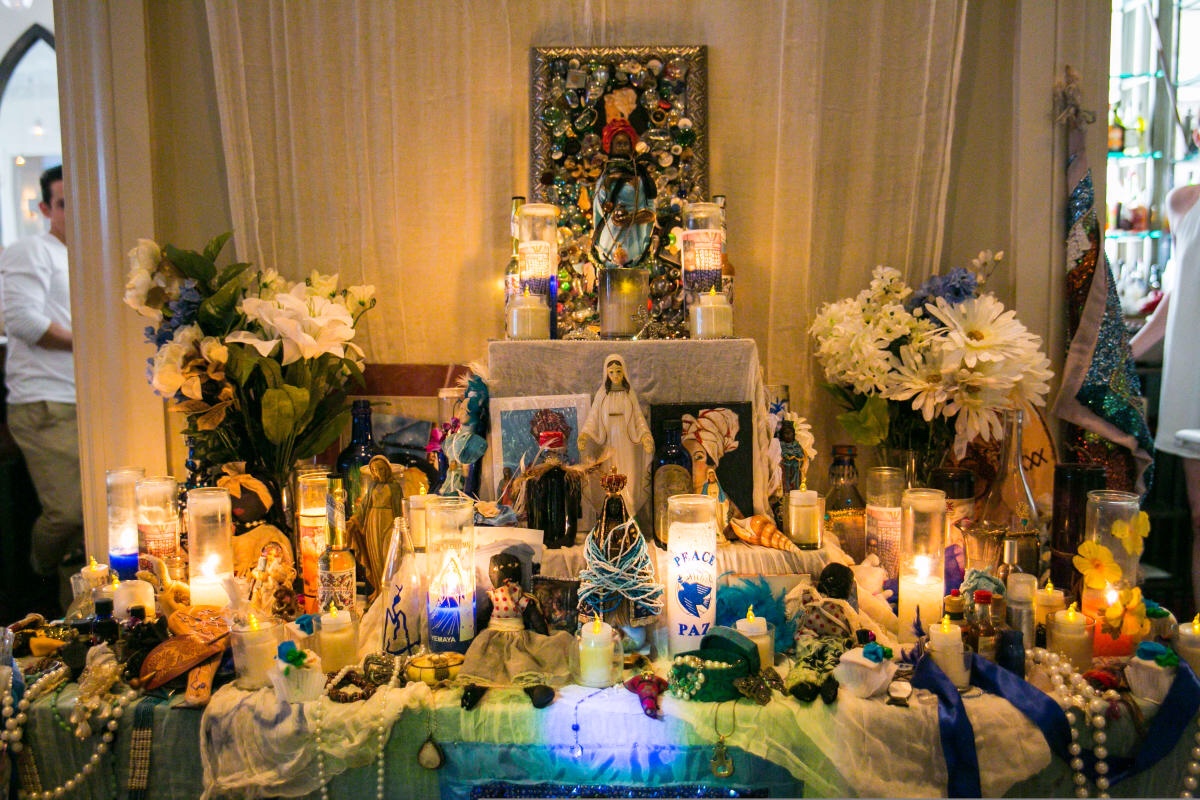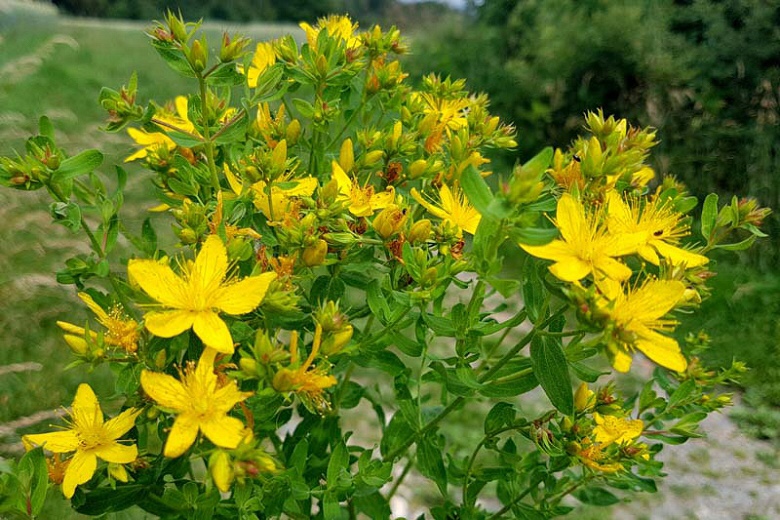

Before you begin any hoodoo work, you will need a place to do your rituals. This means you will need a quiet place where you won’t be disturbed, and a surface such as a table, box, chest, or even a large flat stone. Some people set aside a portion of the floor to use as an altar, or they use a dresser top, with ritual supplies stored underneath. You will need basic items and some extra items to personalize your altar.
Cover your altar with a white cloth, and place two white candles at the back on either end. Figures or pictures of saints or other religious images should be placed at the back, between the two white candles. Place your incense burner in front of the image and in the middle of the altar, and to the right of that keep some holy water or a bowl of water that you have blessed. These are the basics of the hoodoo altar.
You can add fresh-cut flowers, special stones, a dish of salt, and a small dish of graveyard dirt, if you wish. The important thing is to not place anything on your altar that doesn’t belong there. Altars can range from the very basic to the extremely elaborate.
Your altar and everything on it should be blessed or consecrated. Your candles should be blessed and dressed. All of the bowls and other containers should be washed with salt water, conjure water, Florida water, or Holy water.
As you become familiar with working with the various spirits, you will learn how to set up altars for each spirit or family of spirits. For individual magickal works, however, the altar will be as individual as the work is itself.
Source: The Voodoo Hoodoo Spellbook












